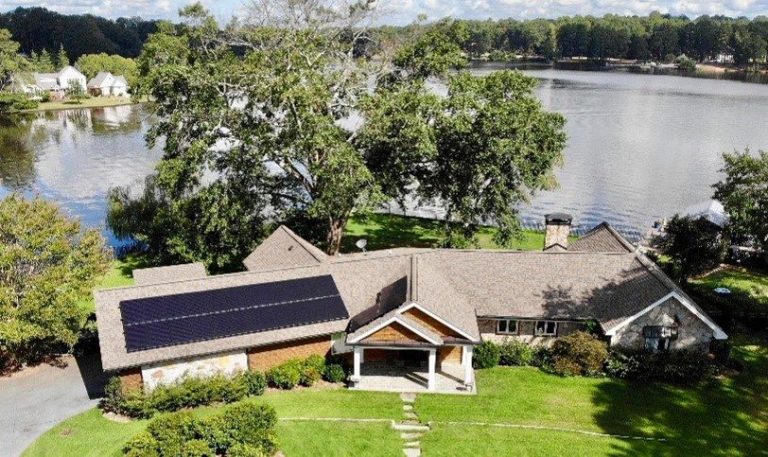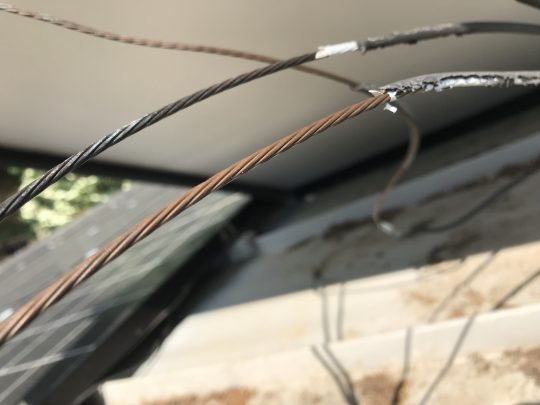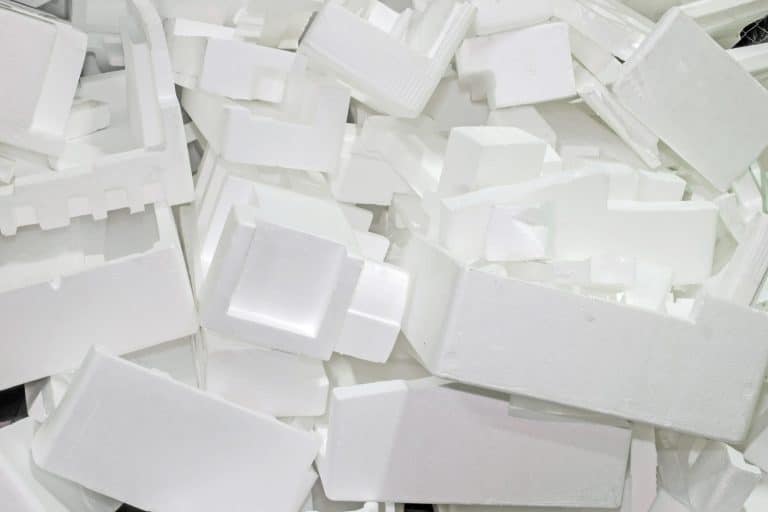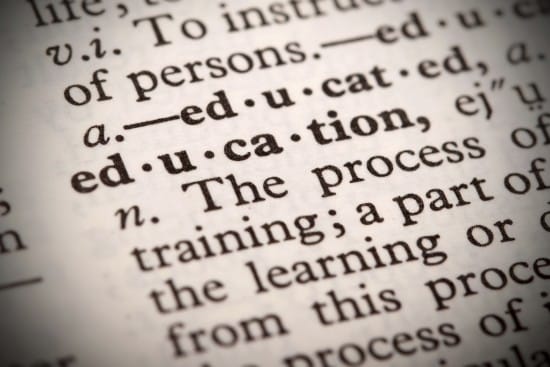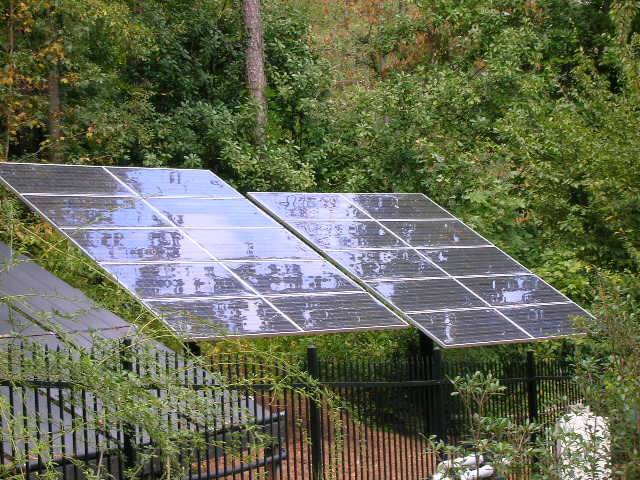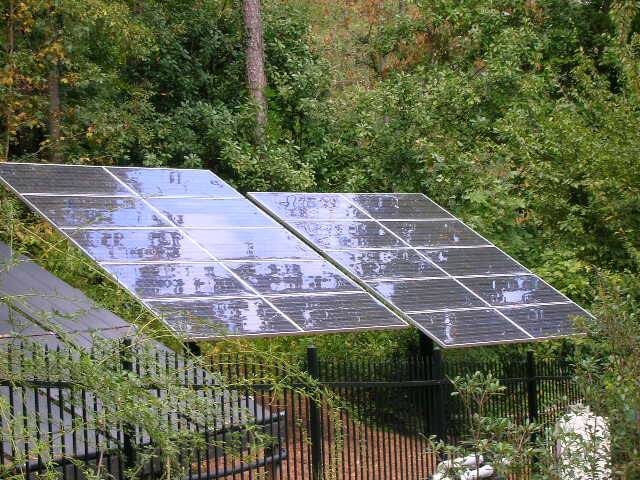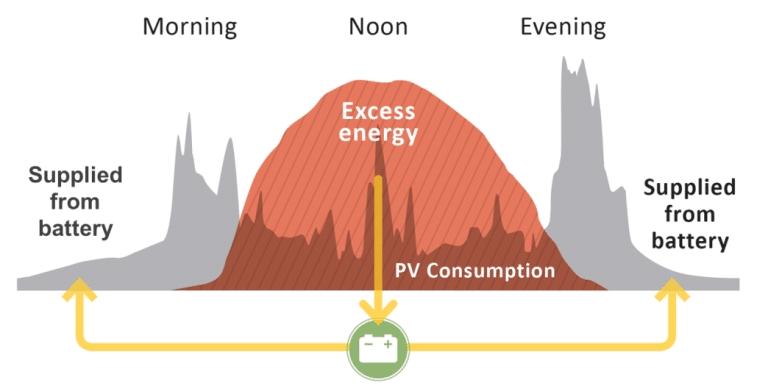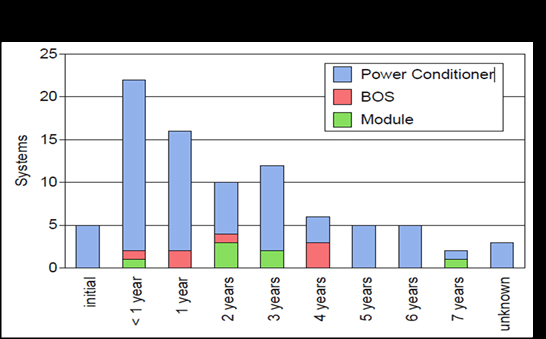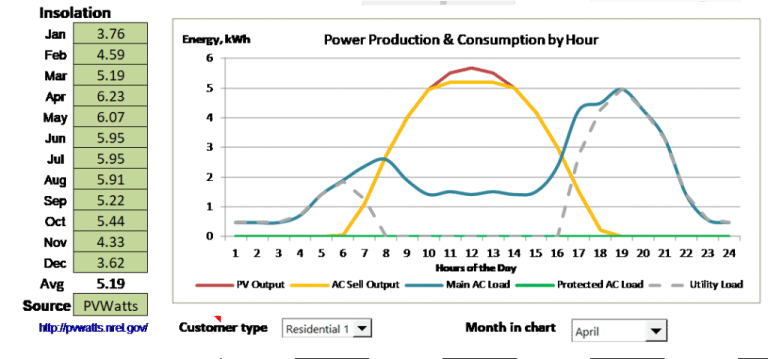
Inverter Output Clipping with Oversized PV Arrays
How much energy is lost due to inverter clipping when the power form the PV array far exceeds the inverter output rating? And under what conditions do the losses occur?
Today’s interactive inverters allow high PV to inverter size ratios. An example 7.7kW residential inverter allows a PV array STC input rated up to 12.32kW; that is a 160% oversizing. Some utility scale central inverter design allows up to 200% oversizing of the PV array.
